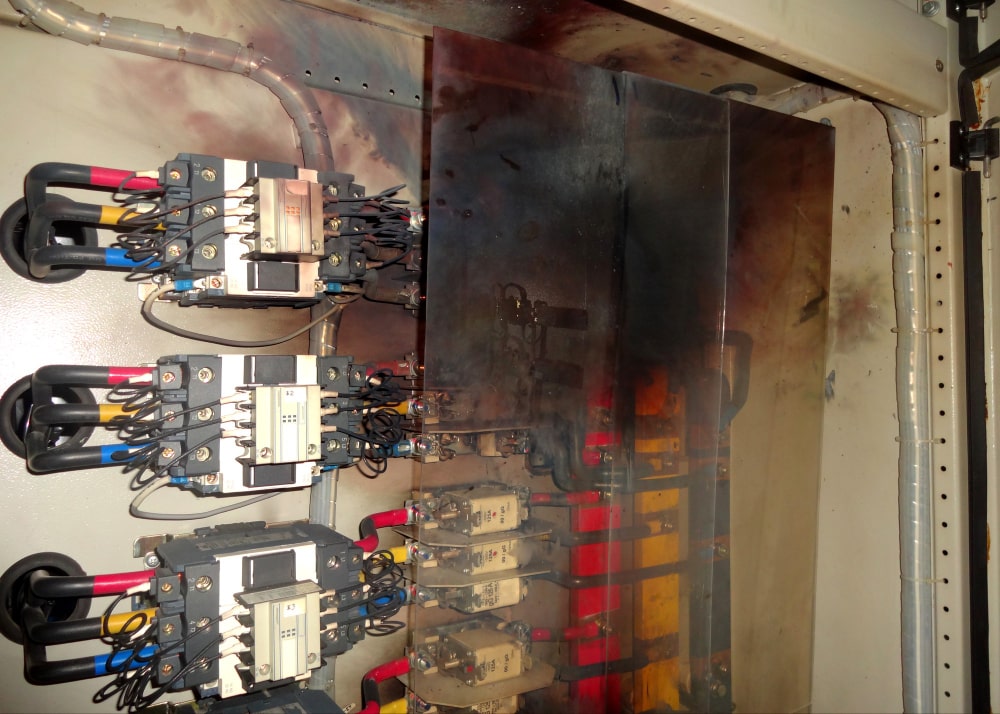
Fire damage restoration is a critical process that requires careful attention to health and safety. When a property suffers fire damage, it not only affects the structure and belongings but also poses significant health risks due to smoke, soot, and potential structural hazards. Understanding and addressing these health and safety considerations are essential to ensure a safe and effective restoration process. Here’s a comprehensive look at the key health and safety aspects to keep in mind during fire damage restoration.
1. Addressing Smoke and Soot Contamination
One of the primary concerns during fire damage restoration is the presence of smoke and soot. Smoke and soot can infiltrate every part of a property, including walls, ceilings, floors, and HVAC systems. These particles can be harmful when inhaled, leading to respiratory issues, skin irritation, and other health problems.
Health Risks: Smoke and soot contain toxic chemicals that can cause long-term health effects. Prolonged exposure can lead to chronic respiratory conditions, cardiovascular problems, and skin disorders.
Safety Measures: Professionals should use specialized equipment and cleaning agents to effectively remove soot and smoke residues. High-efficiency particulate air (HEPA) filters in air purifiers and vacuums help capture fine particles. Proper ventilation and protective gear, such as masks and gloves, are also crucial to minimize exposure.
3. Managing Water Damage and Mold Growth
Firefighting efforts often involve large amounts of water, which can lead to additional damage and create a breeding ground for mold. Mold growth can begin within 24-48 hours of water exposure and can pose severe health risks.
Health Risks: Mold spores can trigger allergic reactions, asthma attacks, and respiratory infections. Prolonged exposure to mold can lead to chronic health issues.
Safety Measures: Addressing water damage promptly is crucial to prevent mold growth. Water extraction and drying should be carried out using industrial-grade equipment. Mold remediation may be necessary if mold growth is detected. Professionals should use appropriate cleaning agents and wear protective gear to handle mold-contaminated materials safely.
4. Handling Hazardous Materials
Fire damage can release hazardous materials, including asbestos, lead, and chemicals from damaged building materials and appliances. These materials require careful handling to avoid health risks.
Health Risks: Exposure to hazardous materials can lead to serious health problems, including cancer, respiratory issues, and neurological damage.
Safety Measures: Restoration professionals should conduct a thorough inspection for hazardous materials and handle them according to safety regulations. Proper disposal methods and protective equipment, such as respirators and protective clothing, are essential to ensure safety.

5. Ensuring Proper Ventilation
Proper ventilation is critical during the fire damage restoration process to ensure that harmful fumes, smoke particles, and chemical residues are effectively removed from the air.
Health Risks: Poor ventilation can lead to the accumulation of toxic fumes and particles, increasing the risk of respiratory problems and other health issues.
Safety Measures: Use high-powered fans and air scrubbers to improve air circulation and remove contaminants from the indoor environment. Ensure that the work area is well-ventilated and that fresh air is continuously introduced to dilute and remove harmful substances.
6. Protecting Personal Health and Safety
The restoration process can be physically demanding and mentally stressful. Personal health and safety are paramount for restoration workers and property owners involved in the cleanup process.
Health Risks: Physical strain, stress, and exposure to hazardous conditions can impact overall well-being.
Safety Measures: Restoration professionals should take regular breaks, stay hydrated, and manage stress through appropriate support and resources. Property owners should avoid direct involvement in hazardous tasks and allow professionals to handle the most dangerous aspects of the restoration.
7. Consulting with Professionals
Given the complexity of fire damage restoration and the potential health risks involved, consulting with experienced and certified restoration professionals is essential.
Health Risks: Improper handling of fire damage can lead to incomplete cleanup and persistent health hazards.
Safety Measures: Choose a restoration company with a proven track record, proper certifications, and adherence to industry standards. Professionals should provide detailed plans and updates throughout the restoration process to ensure transparency and safety.
Conclusion
Fire damage restoration involves more than just cleaning up after a fire; it requires careful consideration of health and safety risks. By addressing smoke and soot contamination, managing structural hazards, dealing with water damage and mold growth, handling hazardous materials, ensuring proper ventilation, and protecting personal health, you can ensure a safe and effective restoration process. Consulting with experienced professionals and following best practices will help mitigate health risks and restore your property to a safe and habitable condition.
RestoPros Metro Indy offers expert fire damage restoration services in Dr. Westfield, ID, ensuring thorough cleanup and repair for homes and businesses. Their experienced team utilizes advanced techniques to restore properties and safeguard against future issues.
